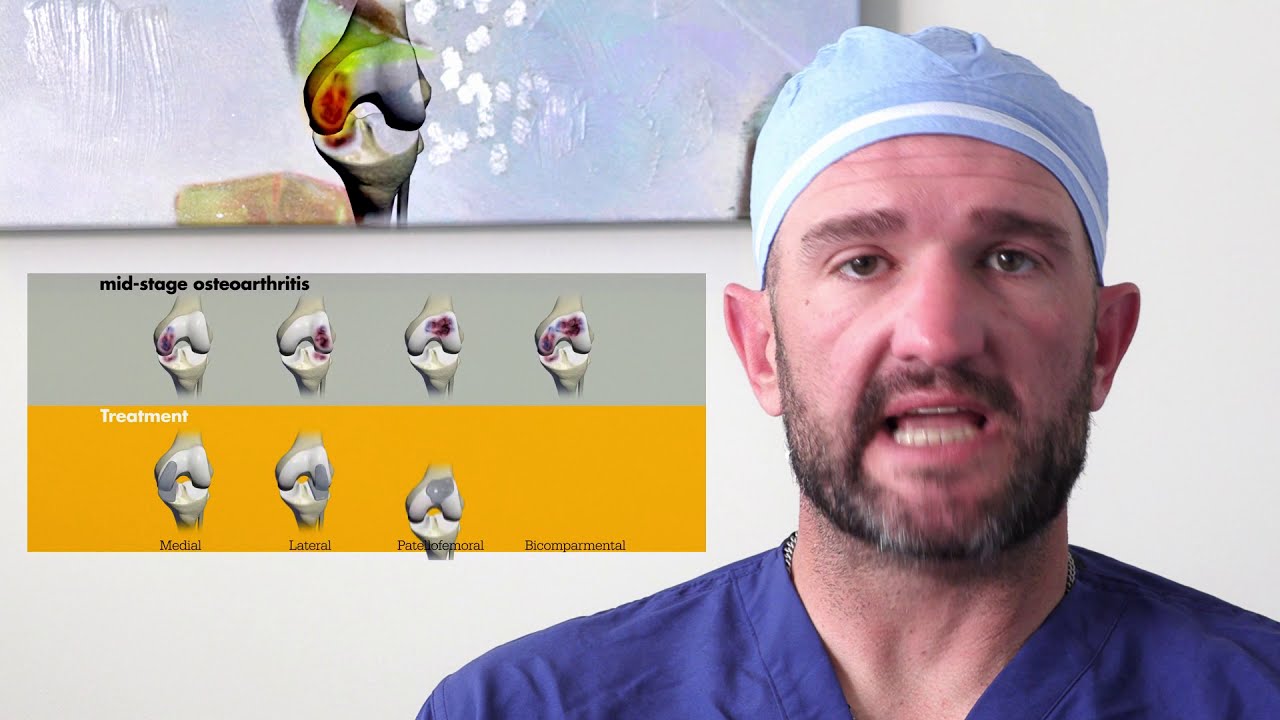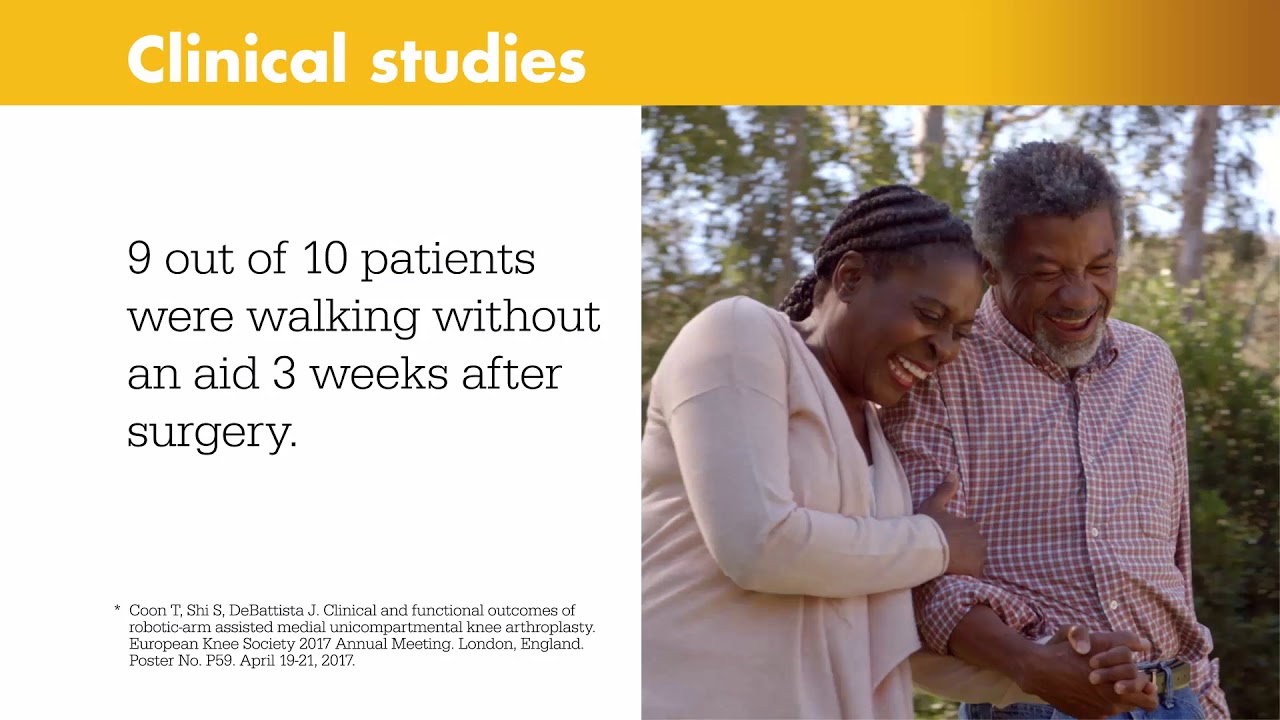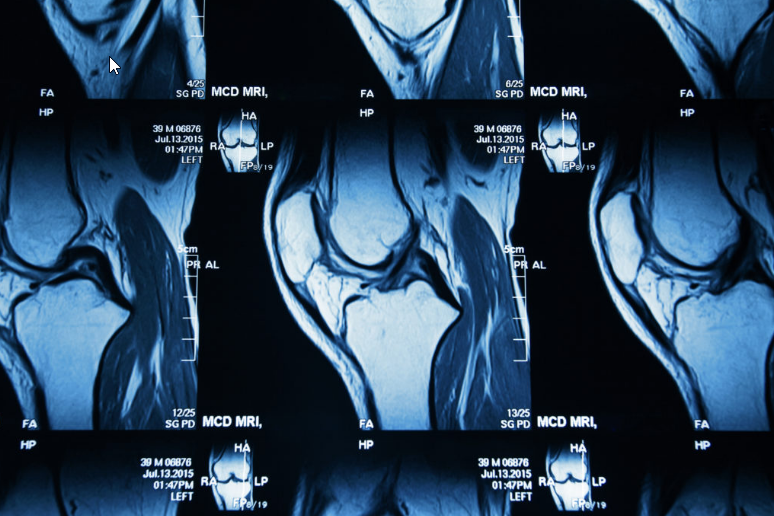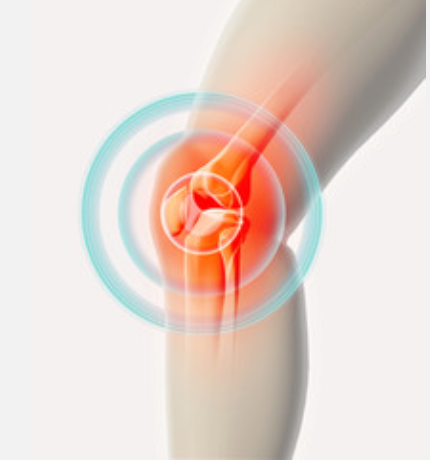
Partial knee replacement for the treatment of knee pain due to osteoarthritis
Partial knee replacement for the treatment of knee pain due to osteoarthritis https://phoenixspineandjoint.com/wp-content/uploads/2021/04/Layer-2-2-1024x904.png 1024 904 Phoenix Spine & Joint Phoenix Spine & Joint https://phoenixspineandjoint.com/wp-content/uploads/2021/04/Layer-2-2-1024x904.pngSeniors are no longer taking growing older lying down. More and more people today are aging with the expectation being active. Everywhere you look people are running, hiking, playing tennis, biking and even engaging in team sports well past age fifty-five. While the attitudes of older Americans have changed, arthritis has not.
Arthritis results of damage to joints caused by inflammation and often affects the knee. For many people it starts with an accident, triggering post traumatic arthritis. Others have an inflammatory disorder, such as rheumatoid arthritis. But for almost of a third of American over 55 the cause of their osteoarthritis is not known. The knee is one of the joints most affected by osteoarthritis. Knee pain due to severe osteoarthritis is now a common cause of total knee replacement.
Anatomy of the knee

Orthopedic surgeons point out that hat we commonly call the knee is made up of three compartments: inside, outside, and under the knee cap. Knee osteoarthritis may affect anyone, two, or all three of these compartments. In a total knee replacement, your orthopedic surgeon replaces all three compartments of the knee. But there is another option. In a partial knee replacement only one or two of the compartments is replaced. Partial knee replacement is much less common than total knee replacement, making up only 2.7% of patients who’ve had a joint replacement in the American Joint Replacement Registry. But surgeons note increasing interest in partial knee replacement.
Orthopedic surgeon Dr. Brandon Gough on Partial Knee Replacement at Phoenix Spine and Joint
“One of the most common questions we get is whether or not I’m a candidate for partial knee replacement” said Dr. Brandon Gough, MD. Dr. Gough is an orthopedic surgeon who specializes in minimally invasive muscle and soft tissue sparing robotic joint replacement surgery at Phoenix Spine and Joint in Scottsdale, AZ.
There are several reasons why patients are asking about partial joint replacement, and the first one is patient satisfaction. People who had partial knee replacement are much more likely to be delighted with their surgery than those who had total knee replacement. While individual studies vary, about one in four people who have had total knee replacement are not highly satisfied. The reasons people give for being unsatisfied are persistent pain, limited activity, need for prolonged rehabilitation, and limited range of motion after surgery. By contrast, patient satisfaction after partial knee replacement is much more consistent with over 90% of patients being highly or completely satisfied.
So, what is the difference between partial and total knee replacement? In partial knee replacement only one or sometimes two of the knee compartments are exposed and replaced. While the incision is similar, the amount of surgery that goes on underneath is half. Half the surgery, half the recovery. Partial knee replacement has higher satisfaction than total knee replacement because it hurts less and has faster recovery.
At Phoenix Spine and Joint our surgeons use robotic assistance for knee replacement surgery. The Mako, Navio, and Koury robots enable our surgeons to make the bone cuts necessary for surgery with superhuman accuracy. In addition, the robot makes a three-dimensional computer model of your knee during surgery, which allows the surgeon to balance your knee, and select the perfectly sized implants. There are millions of combinations of parts and angles of cuts, more than any human could do in their head, but very possible with computer assistance.
The biggest disadvantage of partial knee replacement is the possible need for revision surgery. As you age the arthritis may progress in the unreplaced compartments of your knee. If the arthritis progresses enough surgery may even be required to replace the compartments left behind by the first surgery. However, the hardware exists to convert your partial knee replacement easily into a total knee replacement. In addition, partial knee replacements have the longest implant survival reported in joint replacement; the FDA (Food and Drug Administration) now permits Smith and Nephew to advertise their partial knee replacement hardware as having a 35-year lifespan.
Treating arthritis with Mako Robotic-assisted partial knee replacement at Phoenix Spine and Joint
With a longer implant life, less pain, and quicker recovery it is no wonder people like their partial knee replacements more consistently than their total knee replacement. With robotic assistance and muscle sparing techniques partial knee replacement is likely to be the best solution for people with arthritis limited to one compartment of their knee.
ASK YOUR SURGEON IF YOU ARE A CANDIDATE FOR PARTIAL KNEE REPLACEMENT. IF YOU’D LIKE A SECOND OPINOIN, CONTACT US HERE AT PHOENIX SPINE AND JOINT.ALL OF OUR SURGEONS HAVE EXTENSIVE EXPERIENCE AT MUSCLE SPARING, ROBOTIC ASSISTED KNEE REPLACEMENT TO ELIMINATE KNEE PAIN DUE TO ADVANCED OSTEOARTHRITIS.
- Post Tags:
- Pg - Partial knee replacement
- Posted In:
- Partial Knee Replacement











